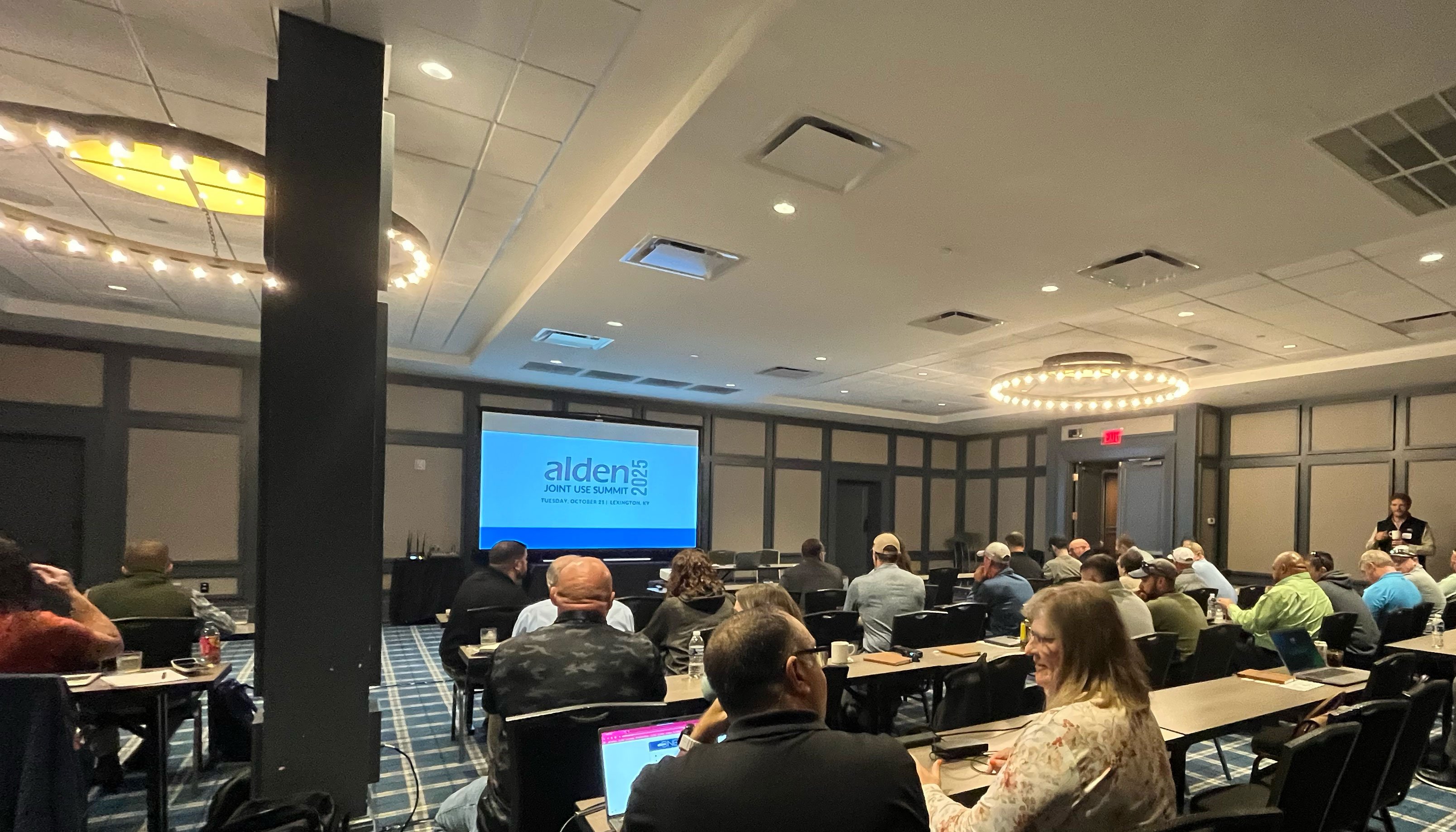Strengthening the Power of Partnership: Utility Joint Use Summit Takeaways

In an industry defined by rapid broadband expansion, regulatory pressure, and rising workloads, collaboration among utility joint use professionals isn’t optional, it’s essential. That spirit was at the heart of Alden's recent Joint Use Summit. Utility leaders from across ...